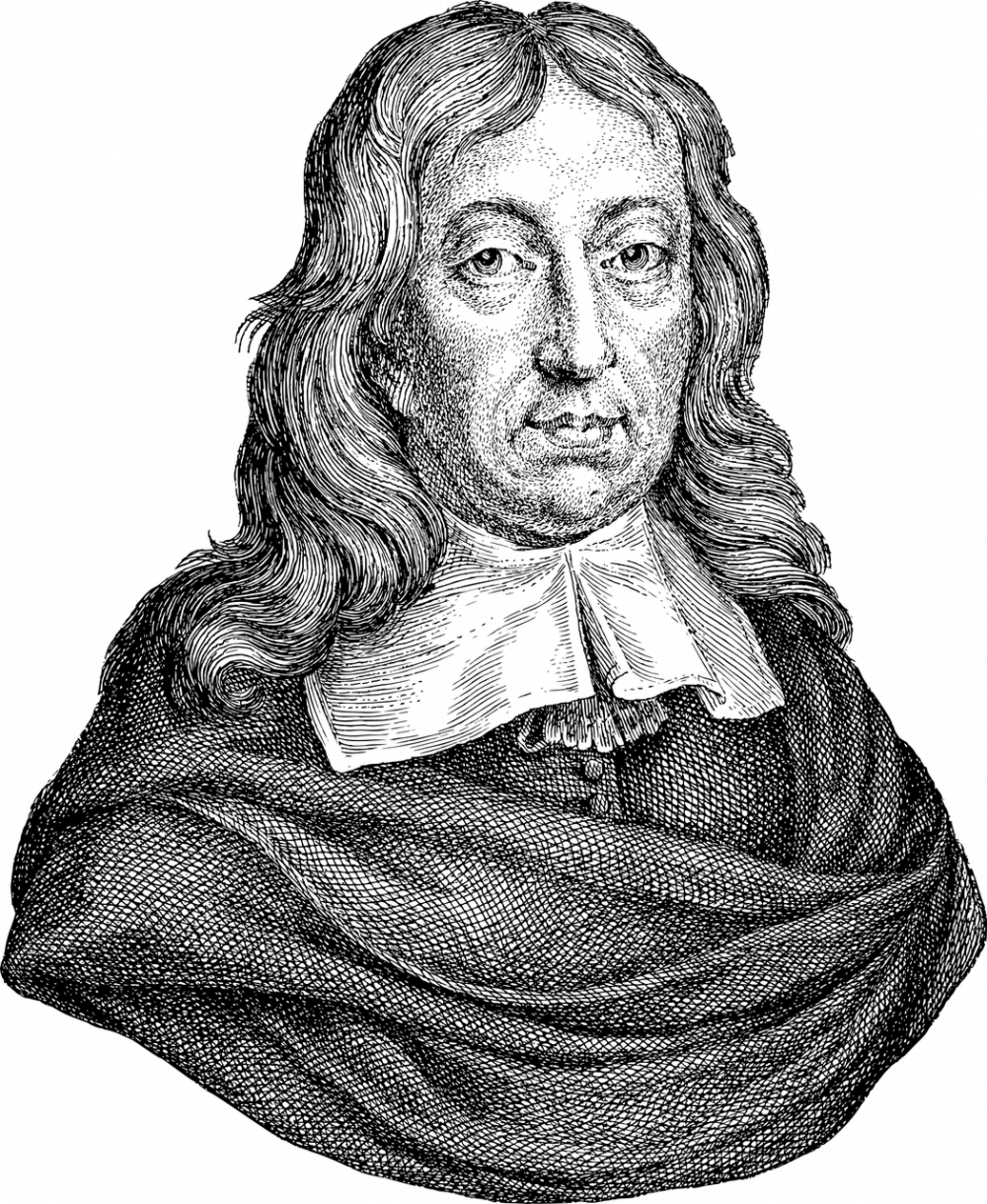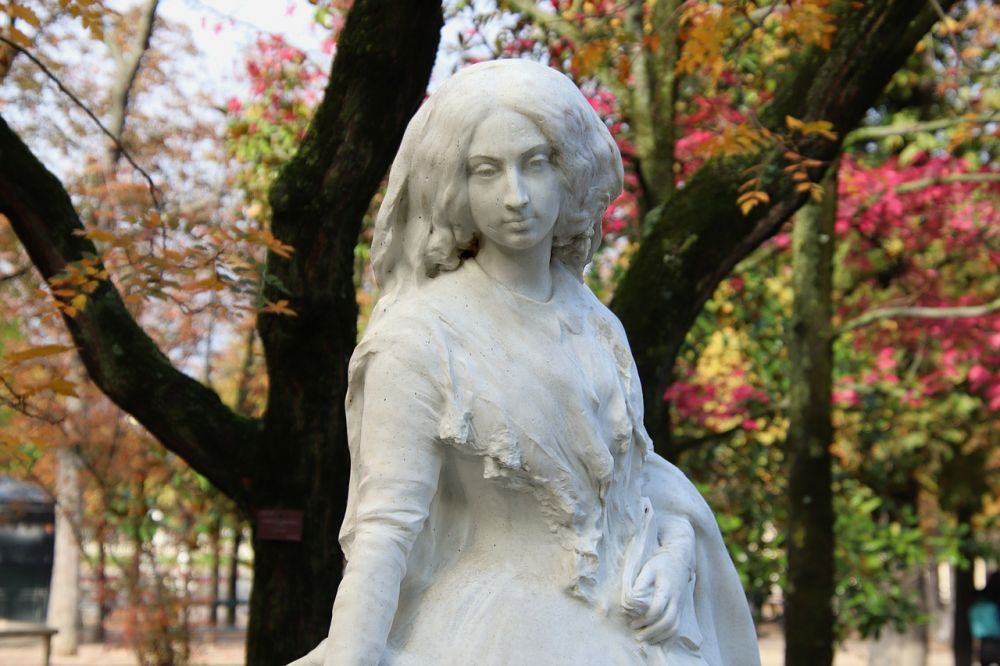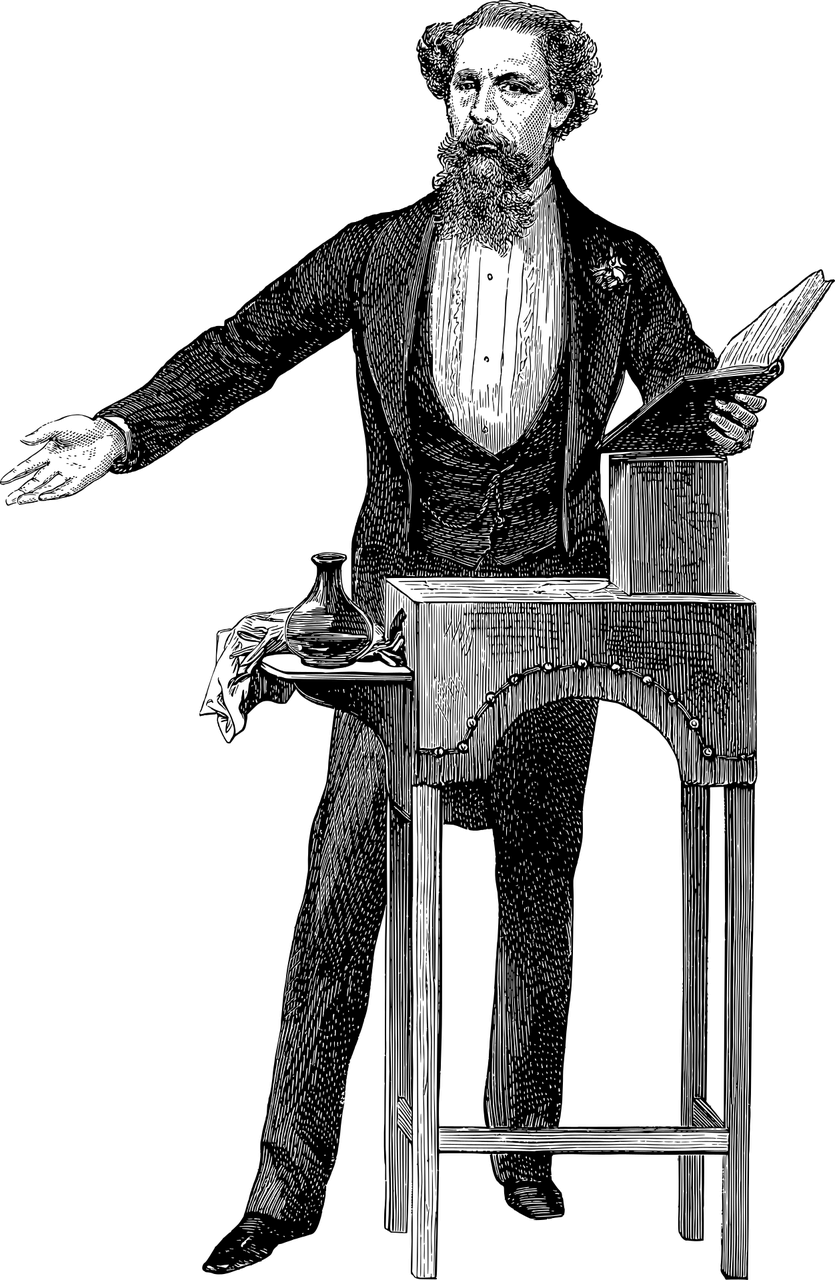Jeppe Aakjær Sange: A Timeless Reflection of Danish Folklore

Introduction:
Jeppe Aakjær, a prominent Danish poet and author, is known for his enchanting collection of songs that vividly depict the rural life and sentiments of the Danish countryside. This article dives deep into the world of Jeppe Aakjær songs, exploring their significance and evolution over time. Whether you are a newcomer or a seasoned enthusiast, this comprehensive guide aims to provide valuable insights into the essence of Jeppe Aakjær’s musical legacy.
I. Understanding Jeppe Aakjær Songs:

– Jeppe Aakjær songs represent a blend of traditional Danish folk tunes and profound lyrical poetry.
– Aakjær’s songs often revolve around themes of longing, nostalgia, love, and the hard realities of rural life.
– These songs are characterized by their simplicity, capturing the essence of Danish folklore and resonating with people across generations.
– Aakjær’s ability to evoke emotions through his heartfelt verses has made his songs timeless classics.
II. Historical Evolution of Jeppe Aakjær Songs:
– Born in 1866, Jeppe Aakjær came of age during a time of great societal change in Denmark.
– He was inspired by the folk traditions of Jutland, where he grew up, and sought to give a voice to the rural working class.
– Aakjær’s early songs, such as “Jens Vejmand” and “Åh, hvor godt det smager,” established him as a prominent figure in Danish culture.
– Over time, Aakjær’s work expanded to include songs with broader social and political messages, reflecting the evolving landscape of early 20th-century Denmark.
– Aakjær’s songs became anthems of hope and resilience for the labor movement and sparked important discussions about class divides in Danish society.
III. Jeppe Aakjær Songs as Cultural Heritage:
– Jeppe Aakjær songs are an integral part of Danish cultural heritage, preserving the memories and stories of the rural past.
– The simplicity and relatability of Aakjær’s songs have enabled them to maintain their relevance in modern times.
– Aakjær’s songs continue to be performed and reinterpreted by contemporary artists, further enriching their cultural significance.
– Songs like “Den gamle Sang” and “Jens Langkniv” have become emblematic of Danish identity and serve as a connection to Denmark’s rural roots.
IV. Featured Snippet Factors and Key Takeaways:
– Structure the article logically with clear headings, employing tags for the title and h2 tags for the sections.
– Utilize bullet points where appropriate to highlight essential points for featured snippet visibility.
– Maintain a conversational yet informative tone of voice throughout the article to engage the target audience effectively.
–
Insert a strategically placed video within the text to provide a multimedia experience for readers.
Conclusion:
Jeppe Aakjær’s songs continue to captivate audiences with their evocative storytelling and authentic portrayal of Danish folklore. Through their timeless melodies and reflective verses, these songs remain an essential part of Danish cultural heritage. As we explore the evolution and significance of Jeppe Aakjær songs, we not only gain a deeper understanding of their historical context but also appreciate their enduring appeal to art lovers and collectors alike. Let us cherish these musical treasures and keep the spirit of Jeppe Aakjær’s songs alive for generations to come.





